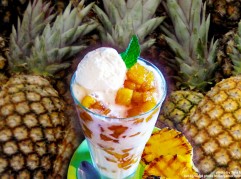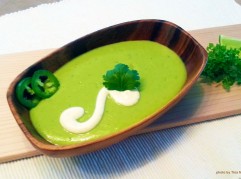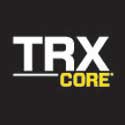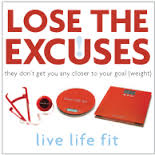Fueling Performance
![]() As a chef and experienced trainer, I get asked lots of questions about the best ways to eat in order to get the most out of an exercise program. Clients ask: Should I workout before or after I eat? How can I burn the most fat as fuel? How can I build muscle or increase stamina?
As a chef and experienced trainer, I get asked lots of questions about the best ways to eat in order to get the most out of an exercise program. Clients ask: Should I workout before or after I eat? How can I burn the most fat as fuel? How can I build muscle or increase stamina?
Here’s the “skinny” on fats:
by Tina Martini, The Medicine Chef
Available studies seem to show that exercising on an empty stomach will burn a higher percentage of fat as fuel. This works out beautifully if you train early in the morning and eat three meals a day; but what if you train in the early afternoon and follow the “eat every three hours” rule, advocated by many trainers? Eating six times a day keeps your metabolism running on high, with plenty of ready fuel so your body stays out of “starvation storage mode”. Since it takes sixty to ninety minutes to digest a meal; if you want to include some empty stomach, fat burning exercise, you’ll need a plan. For example, let’s say you eat breakfast at 6 am, have a snack at 9, lunch around noon, then an afternoon snack between 3 and 4 pm, dinner at 7 and an evening snack at 9. Do the math and you can find several good times to get in your workout. It’s a small window of opportunity to get the extra fat burn we are targeting, but absolutely do-able. Finding the right time to work out is as uniquely individual as finding the right running shoe, but one thing is certain. If you don’t schedule the time and show up with a good attitude, something else will always steal the time away. Schedule it, stick to it and reap the benefits!
Now that you have established a workable schedule, does the type of workout change your fuel requirements? To a degree, yes. Low intensity endurance activities, such as hiking, call for complex carbohydrates, good fats to seal the water we drink to our tissue and an easily digestible source of protein such as nuts and seeds. That’s the wisdom behind GORP (Good Old Raisins and Peanuts), that is so popular with hikers. It’s a perfect balance of carbs, fats and protein.
What about a triathlon? That’s capital “E” endurance, with much greater intensity. Triathletes experience hours of intense physical and mental stress and great variance in impact and heart-rate. Long and intense cardio-based training, as well as heavy lifting sessions, require good quality fats. Essential fatty acids, i.e. walnuts, wild-caught salmon, chia, hemp seeds and avocado are excellent choices for managing workout stress, hydration, lubrication of joints and minimizing inflammation, giving you increased strength and endurance.
H.I.I.T. training? High intensity intervals call for stores of ready energy. Frozen grapes and cherries are smart picks, along with honey, russet potatoes and really ripe fruit. All are rich in the antioxidants and minerals that prepare our bodies for maximum performance.
Finally, don’t forget hydration! Elevated body temperature, induced by weather, exercise or even pain, can cause dehydration which affects performance and health. Hydrate, don’t re-hydrate! In other words drink BEFORE you’re thirsty. Try the trick of adding fresh lemon juice in your drinking water to keep your body’s cooling system working at top efficiency.
Those are the basics of when and what to eat, which you can fine tune endlessly, as all fitness nuts do. Consuming the right balance of protein, fat and carbohydrates along with plenty of water keeps ATP (energy) stores full and ready for exercise. You may discover that, when properly fueled and hydrated, you feel invigorated and happy after your workout. If you’re cranky, shaky or mentally fuzzy after your workout, you’re probably over-trained or under-nourished, maybe both. Grab a cheeseburger—be it black bean burger, Tofurkey or grass fed beef and jump on the couch for some R & R. But, not for too long! I can already hear that TRX calling your name. ![]()
 |
by Chef Tina Martini, “The Medicine Chef” @MedicineChef | Facebook Chef Martini is an experienced, well-versed television personality with a successful and proven track record. She holds a doctorate from Bastyr University in Naturopathy and a Nutrition degree from San Diego State University. She mixes cooking with nutrition, fitness and wellness! |
photo credit: Wisconsin Department of Natural Resources via photopin cc











Leave a Reply
Want to join the discussion?Feel free to contribute!